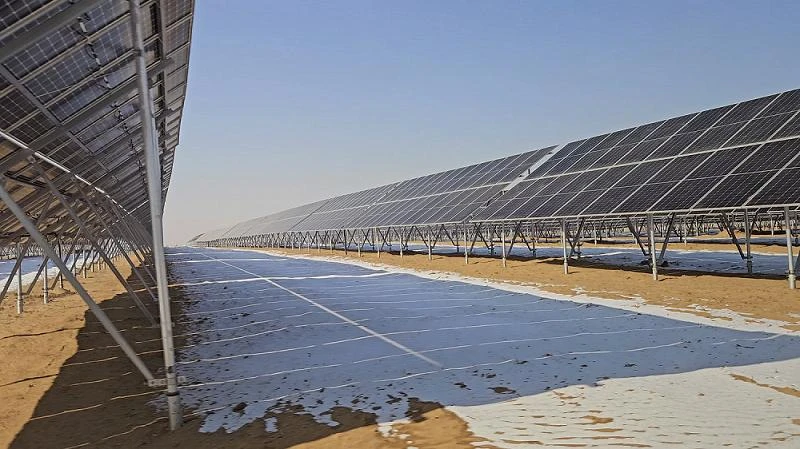photovoltaic roof tiles
The Future of Energy Photovoltaic Roof Tiles
In the quest for sustainable energy solutions, one innovative technology stands at the forefront photovoltaic (PV) roof tiles. These cutting-edge tiles seamlessly blend the functionality of traditional roofing materials with the energy-generating capabilities of solar panels. As the world grapples with climate change and seeks to reduce reliance on fossil fuels, photovoltaic roof tiles present a promising alternative for homeowners and builders alike.
Photovoltaic roof tiles are designed to mimic the appearance of conventional roofing materials while incorporating solar cell technology within them. This aesthetic versatility means that homeowners can generate renewable energy without sacrificing the visual appeal of their homes. Unlike bulky solar panels that are mounted on rooftops, these tiles are integrated directly into the roof structure, providing a streamlined and attractive solution for energy generation.
One of the most notable advantages of photovoltaic roof tiles is their dual functionality. They not only serve as a protective layer over a home, shielding it from the elements, but also convert sunlight into electricity. This innovative design allows homeowners to generate clean energy while enhancing the overall efficiency of their properties. As energy costs continue to rise, the ability to produce one’s own electricity can lead to significant savings on utility bills.
Moreover, the installation of photovoltaic roof tiles can increase property value. As more consumers become environmentally conscious, homes equipped with advanced energy solutions are becoming increasingly appealing in the real estate market. Buyers are now looking for homes that not only provide comfort and aesthetics but also align with their sustainability goals. Properties featuring photovoltaic tiles can stand out in a competitive market, making them a worthwhile investment.
photovoltaic roof tiles

The technology behind photovoltaic roof tiles has advanced significantly over the years. Solar cells integrated into these tiles are typically made from monocrystalline or polycrystalline silicon, offering efficient energy conversion rates. Recent developments in thin-film solar technology have also emerged, resulting in lighter and more flexible tiles that can be incorporated into various roofing designs. This adaptability not only broadens the application of photovoltaic tiles but also enables their use in a variety of climates and architectural styles.
Despite the many advantages, there are challenges that come with the adoption of photovoltaic roof tiles. The initial installation cost can be a barrier for some homeowners. While prices for solar technology have decreased over the years, the upfront investment for photovoltaic tiles remains higher than traditional roofing options. However, financial incentives such as tax credits, rebates, and net metering programs can help offset these costs, making the transition to solar energy more accessible.
Additionally, the efficiency of photovoltaic roof tiles can be impacted by factors such as roof orientation, shading from nearby trees or buildings, and geographical location. Homeowners considering this option need to assess their specific circumstances to determine if photovoltaic roof tiles are a viable energy solution for their homes. Solar energy generation typically performs best in sunny climates, but advancements in technology continue to enhance efficiency even in less-than-ideal conditions.
As society progresses towards renewable energy sources, the integration of photovoltaic roof tiles offers a bright and sustainable future. The dual-purpose nature of these tiles not only combats energy consumption in homes but also promotes environmentally friendly building practices. With growing awareness of climate change and a shift in consumer preferences towards sustainable products, the market for photovoltaic roof tiles is expected to expand further.
In conclusion, photovoltaic roof tiles represent a significant innovation in the renewable energy landscape. Their ability to combine style with functionality makes them an attractive solution for homeowners seeking to reduce their carbon footprint while enhancing their property value. As technology continues to evolve and become more affordable, we can anticipate a shift towards widespread adoption of photovoltaic roof tiles, leading us towards a more sustainable and energy-efficient future. Investing in such technologies not only benefits individuals but also contributes to a healthier planet for generations to come.
-
Unlocking Energy Freedom with the Off Grid Solar InverterNewsJun.06,2025
-
Unlock More Solar Power with a High-Efficiency Bifacial Solar PanelNewsJun.06,2025
-
Power Your Future with High-Efficiency Monocrystalline Solar PanelsNewsJun.06,2025
-
Next-Gen Solar Power Starts with Micro Solar InvertersNewsJun.06,2025
-
Harnessing Peak Efficiency with the On Grid Solar InverterNewsJun.06,2025
-
Discover Unmatched Efficiency with the Latest String Solar InverterNewsJun.06,2025







